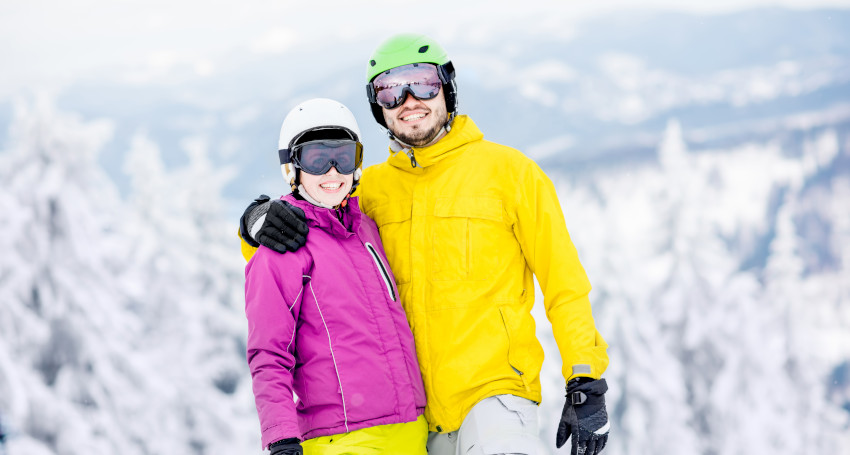
To Helmet or Not: The Ongoing Debate in Skiing Culture
September 6, 2024 | Uncategorized
Understanding the Skiing Helmet Debate
The debate surrounding the use of helmets in skiing is a significant issue within the realm of winter sports. The core of the discussion focuses on the effectiveness of helmets in providing safety and protection against head injuries during skiing accidents. Some studies suggest that helmets significantly reduce the risk of head injuries, while others argue that helmet use may increase the risk of neck injuries and other physical harm. Furthermore, a key point of argument is whether helmet use creates a false sense of security, leading to riskier behavior on the slopes. This debate also extends to professional skiing, where helmet use has been mandatory for years. The question remains whether this rule should also apply to recreational skiers. Critics suggest that mandatory helmet use could deter individuals from participating in the sport, while advocates argue that the potential for increased safety and protection outweighs any potential drawbacks. The skiing helmet debate has significant real-world implications. It affects safety regulations at skiing resorts, the design and production of skiing equipment, and the personal safety choices of individual skiers. Consequently, understanding this debate is crucial for anyone involved in or passionate about the sport.
Why is there a helmet debate in skiing?
The helmet debate in skiing arises from a complex blend of factors. One central point of contention is the actual effectiveness of helmets in reducing head injuries. Helmets are widely accepted as a form of safety gear that can prevent minor head injuries. However, their effectiveness against severe injuries, such as traumatic brain injuries, is less certain. Some research indicates that the protection offered by helmets may be limited to low-speed impacts, and they may not provide adequate safety in high-speed accidents or against rotational forces. Another facet of the debate involves the potential for risk compensation. This theory suggests that the perceived protection from wearing a helmet may lead skiers to take more risks, under the assumption they are better protected. This increased risk-taking could potentially lead to more severe accidents, thereby negating any safety benefits provided by the helmet. Finally, there is the question of personal freedom and responsibility. Some skiers argue that the decision to wear a helmet should be a personal choice, not a requirement. They assert that individuals should have the autonomy to assess the risks and make their own decisions about their safety gear and equipment.
Historical perspective of helmet usage in skiing
The use of helmets in skiing has a relatively short history. In the early days of the sport, helmets were virtually unheard of. It was not until the late 20th century, with advancements in helmet technology and an increased understanding of the risks associated with head injuries, that helmets began to be used more widely in skiing. By the early 2000s, the use of helmets had become more common, particularly among professional skiers. However, helmet usage among recreational skiers remained relatively low. It was not until a series of high-profile skiing accidents, including the death of actress Natasha Richardson in 2009, that public awareness of the potential dangers of skiing without a helmet increased significantly. Today, the use of helmets in skiing is far more prevalent than it was just a few decades ago. However, despite this increase in usage, the debate over the effectiveness and necessity of helmets continues. As our understanding of head injuries and helmet technology continues to evolve, it is likely that this debate will continue to be a significant aspect of the skiing world.
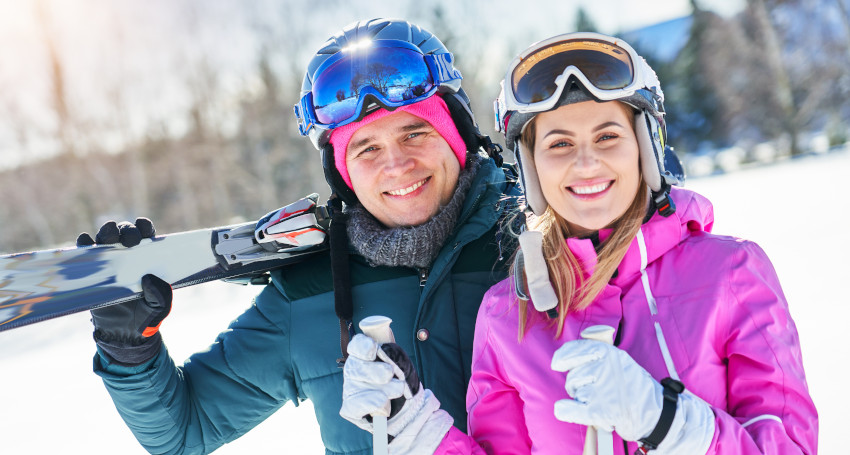
Benefits of Wearing a Helmet While Skiing
Wearing a helmet while skiing offers significant safety benefits. The primary benefit is the protection it provides to the head, reducing the potential for serious head injury during skiing accidents. Skiing is a thrilling sport, but it also carries inherent risks, including high-speed collisions and falls. A helmet serves as a protective barrier between the skier’s head and hard surfaces, absorbing the impact and significantly reducing the risk of traumatic brain injuries. In addition to safety, a helmet provides comfort and warmth in the harsh cold conditions typical of this winter sport. The insulating materials used in ski helmet construction contribute to maintaining the skier’s body temperature. Modern ski gear, including helmets, often incorporates features such as camera mounts, in-built audio systems, and adjustable ventilation, enhancing the overall skiing experience. Wearing a helmet also instills a sense of confidence and security. This psychological benefit can lead to improved performance on the slopes as skiers may feel more at ease pushing their limits and improving their skills. Promoting a culture of safety, the use of such protective equipment encourages others to adopt similar safety measures.
How does a helmet protect during skiing?
A helmet offers crucial protection during skiing by absorbing the force of an impact, thereby mitigating the risk of a head injury. Ski helmets are designed with a hard outer shell and an inner liner, typically made of expanded polystyrene or a similar material. The outer shell prevents penetration from sharp objects and distributes the force of an impact over a larger area, enhancing safety. The inner liner absorbs the energy of an impact, reducing the force that reaches the head and, consequently, the potential for serious injury. The snug fit and secure chin strap of a ski helmet ensure it stays in place during a fall or collision, providing consistent protection. Ski helmets often include additional features such as ear pads and goggle clips for added protection and functionality. Some models also include a built-in visor or face guard to protect the face from injury and the elements.
What are the statistics supporting helmet use?
Numerous studies and statistics support the use of helmets while skiing. According to the National Ski Areas Association in the United States, helmet usage among skiers and snowboarders has grown significantly over the past two decades. In the 2019/2020 season, 85% of all participants wore helmets, demonstrating the widespread recognition of their safety benefits. Research indicates that wearing a helmet can reduce the risk of a head injury by up to 60%. A study published in the Journal of Trauma and Acute Care Surgery found that helmets reduced the risk of head injury among skiers and snowboarders by 35%. Furthermore, a review of studies by the National Library of Medicine concluded that helmet use reduces the risk of head and neck injuries without increasing the risk of other injuries. This dispels the myth that wearing a helmet might encourage riskier behavior due to a false sense of security. The evidence overwhelmingly supports the use of helmets as an effective piece of safety equipment to reduce the risk of injury while skiing.
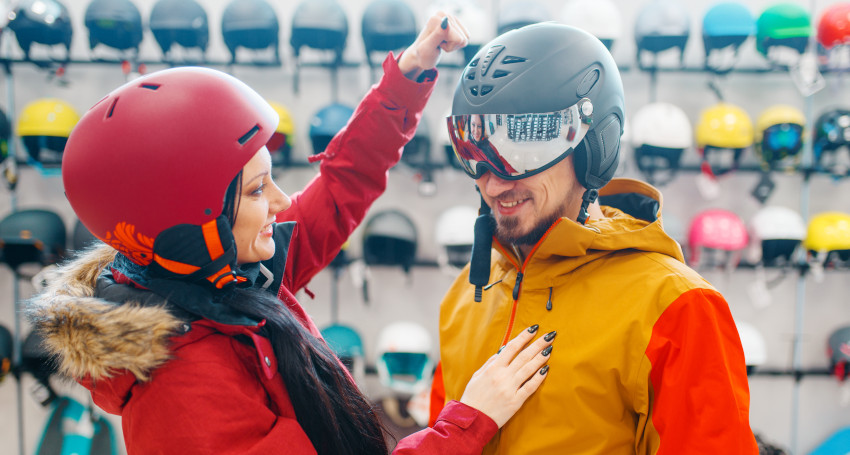
Is it Worth the Weight, the Space, or the Hassle?
The question of whether ski helmets, a vital piece of skiing equipment, are worth the weight, space, and perceived hassle is a pertinent one. Ski helmets, designed for safety and protection, are built robustly, which can add weight to a skier’s gear. However, with advancements in technology, lightweight materials like polycarbonate and ABS plastic have been introduced. These materials provide excellent shock absorption capabilities without compromising on safety, making the helmet an essential piece of equipment to prevent head injury during a skiing accident. The space a ski helmet occupies is another factor to consider. While these safety helmets can be bulky when packed with other skiing gear, modern designs have considered this issue. Many helmet models feature removable liners and ear pads, allowing for easier storage and transport. Furthermore, some helmets come with adjustable venting systems, enabling skiers to regulate their temperature, adding to the comfort of the sport. The perceived inconvenience of wearing a ski helmet often deters skiers. However, the safety and protection it provides against potential head injury in the event of a skiing accident far outweigh these minor inconveniences. Many ski helmets come equipped with features such as built-in visors, audio systems, and even cameras, enhancing the overall skiing experience. Thus, despite seeming like a hassle, the benefits of a ski helmet in terms of safety and functionality make it a worthwhile piece of equipment.
Are helmets cumbersome for skiers?
The belief that helmets are cumbersome for skiers is a common misconception. Although a helmet adds extra weight and requires additional space, the safety and protection it provides far outweigh these considerations. Modern ski helmets, designed for safety in the sport, are made from lightweight materials that do not compromise on protection. Many models feature adjustable straps and padding for a custom fit, making this piece of equipment essential in preventing head injury during a skiing accident. Moreover, ski helmets are designed to enhance the skiing experience rather than hinder it. Many models come equipped with features such as built-in visors for protection against glare, adjustable venting systems for temperature regulation, and built-in audio systems for entertainment. Therefore, while a helmet may seem cumbersome at first, its benefits in terms of safety and functionality make it an invaluable piece of equipment for any skier. Furthermore, the argument that helmets are cumbersome does not hold when considering the potential consequences of not wearing one. Head injuries are a serious risk in skiing, and a helmet is the most effective piece of equipment to mitigate this risk. Without a helmet, a skier is exposed to the full force of any impact during an accident, which can result in severe, even fatal, injuries.
Addressing common misconceptions about ski helmets
There are several misconceptions about ski helmets that often deter people from wearing them. One of the most common misconceptions is that ski helmets, a key piece of skiing gear, are uncomfortable and restrictive. However, modern ski helmets are designed with comfort in mind. They are equipped with adjustable straps and padding to ensure a snug fit, and many models feature venting systems to prevent overheating, making them a necessary piece of equipment for safety on the snow. Another common misconception is that ski helmets impair vision or hearing. In reality, ski helmets are designed to enhance the user’s senses rather than hinder them. Many models come with built-in visors for protection against glare and snow, and the shell of the helmet is designed to amplify sound, allowing skiers to remain aware of their surroundings. Perhaps the most dangerous misconception is that ski helmets are not necessary for safety. Numerous studies have shown that wearing a helmet significantly reduces the risk of head injuries in skiing accidents. Therefore, while ski helmets may seem like an unnecessary accessory, they are, in fact, a vital piece of safety equipment that can protect skiers from severe, even life-threatening, injuries.

Helmets and Avalanches: A Detailed Look
Helmets, synonymous with safety and protection, have become critical equipment in winter sports, especially in avalanche-prone areas. With the surge in popularity of sports like skiing, there has been a corresponding increase in adventure enthusiasts venturing into these hazardous zones. This rise in adventure tourism has led to an escalation in avalanche-related accidents, thereby intensifying the focus on helmet usage in such terrains. Avalanches, known for their unpredictability and potential for destruction, pose a significant risk to mountain sport enthusiasts. Helmets, designed to provide head protection, are deemed an essential part of the safety gear. The primary function of these helmets is to shield the wearer from blunt force trauma, a common head injury that can result from a fall or being hit by objects dislodged by the avalanche. However, the effectiveness of helmets in mitigating injuries during avalanches is a topic of ongoing debate. While helmets undoubtedly offer protection against head injuries, their role in avalanche safety is multifaceted and complex. The type of helmet, its construction, and the nature of the avalanche are all factors that can influence the protective efficacy of the helmet.
Can helmets save you during avalanches?
The question of whether helmets can save lives during avalanches is complex. Helmets are primarily designed to protect against impact injuries, such as those caused by falls or collisions with objects. However, avalanches present a different set of challenges, including asphyxiation and crushing injuries, which are beyond the protective scope of a helmet. Despite this, helmets can still play a crucial role in avalanche survival. For instance, they can protect against head injuries caused by tumbling down a slope or being struck by debris. Furthermore, some helmets are equipped with features like Recco reflectors, which can aid in the location of the wearer in the aftermath of an avalanche. However, it’s important to note that while helmets can provide some level of protection, they are not a foolproof solution against all avalanche-related dangers. They should be used in conjunction with other safety measures such as avalanche transceivers, probes, and shovels, as well as proper training and awareness of avalanche safety protocols.
Real-life instances of helmets in avalanches
There have been several instances where helmets have played a significant role in avalanche survival. One such case involved a skier in the Swiss Alps who was caught in an avalanche. Despite being swept down the slope, the skier’s helmet protected him from severe head injuries and ultimately saved his life. In another incident, a snowboarder in Colorado was hit by an avalanche. Her helmet helped shield her head from the impact of the tumbling snow and debris, allowing her to survive the ordeal with minimal injuries. These instances underscore the importance of wearing a helmet when venturing into avalanche-prone areas. However, it’s crucial to remember that these are individual cases and wearing a helmet does not guarantee survival in an avalanche. Helmets are part of a comprehensive safety approach that should also include proper equipment, training, and adherence to safety guidelines. The role of helmets in avalanche safety continues to be researched, with the aim of improving their design and effectiveness.
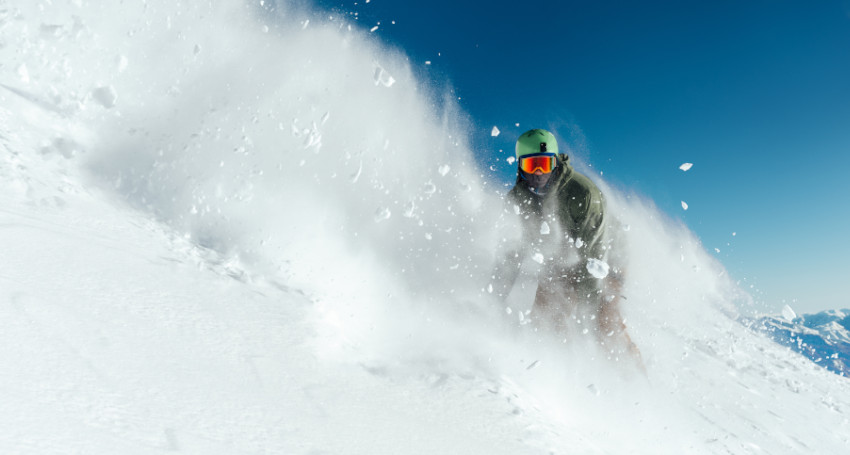
Future of Helmets in the Backcountry
The safety and protection of skiers in the backcountry are expected to be significantly enhanced by the future advancements in helmet technology. These advancements are expected to be driven by innovations in materials science, design, and manufacturing techniques. High-performance polymers and composites are likely to be used in the production of lighter, stronger, and more durable helmets, offering superior protection against head injuries in case of an accident. These helmets, as a crucial piece of skiing gear, will not only enhance safety but also improve comfort and fit. 3D printing technology could revolutionize the production of ski helmets, allowing for custom-fitted equipment that ensures optimal fit for every individual. A well-fitted helmet is more effective in absorbing and dissipating impact forces, thereby reducing the risk of head injuries. Additionally, the integration of smart technologies into helmets is anticipated. GPS trackers, communication devices, and avalanche transceivers could be incorporated into helmets, significantly enhancing the safety and convenience of backcountry skiing.
What advancements are expected in ski helmet technology?
Ski helmet technology is expected to witness a combination of increased safety features, enhanced comfort, and integrated smart technologies. Advanced impact protection systems, such as the Multi-directional Impact Protection System (MIPS), are being developed. MIPS is designed to reduce the rotational forces that can result from certain impacts, thereby offering enhanced protection against head injuries. It is an important advancement in skiing equipment technology, aimed at preventing accidents and ensuring the safety of skiers. Adjustable ventilation systems are another anticipated advancement in ski helmet technology. These systems allow the wearer to control the helmet’s airflow, helping to maintain an optimal temperature and prevent overheating. This feature is particularly important for backcountry skiing, where conditions can vary greatly. Furthermore, the integration of smart technologies, including built-in cameras, integrated speakers, and collision detection systems, is a major trend in ski helmet development. These features not only enhance the skiing experience but also contribute to the safety and protection of the skier.
How might helmet laws and regulations evolve?
As helmet technology continues to advance, laws and regulations related to skiing gear are expected to evolve to keep pace with these developments. One potential area of change is the extension of mandatory helmet use to all skiing areas to ensure the safety of skiers and reduce the risk of accidents. While helmet use is already required in some places, there is an ongoing debate about the extension of this rule. Standards and certifications for ski helmets may also be revised as new technologies and materials are introduced. It will be important for regulations to ensure that these innovations do not compromise safety. This could involve the introduction of new testing procedures or the revision of existing standards. Moreover, as smart technologies become more integrated into ski helmets, there may be new legal and ethical considerations to address. Issues related to privacy and data security could become more prominent, leading to new laws and regulations aimed at protecting the rights and privacy of skiers while also enabling the benefits of these technologies to be realized.
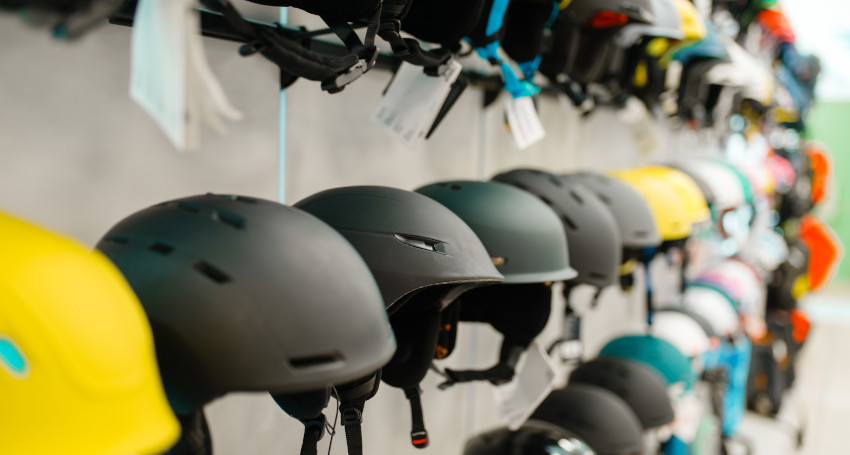
Conclusion
The evolution of helmet laws and equipment is a dynamic process, significantly influenced by advancements in helmet technology. Helmets, essential safety gear for various sports, have transformed from simple leather caps to sophisticated protection devices. Innovations in helmet technology, particularly in skiing, have led to helmets equipped with advanced materials and features. These include built-in communication systems, heads-up displays, and sensors that detect impacts, further enhancing safety and accident prevention. Public perception of helmet use, particularly in sports like skiing, has drastically shifted over time.
Once viewed as unnecessary, helmets are now recognized as critical safety equipment, integral to preventing head injuries. High-profile accidents involving celebrities and professional athletes, coupled with public awareness campaigns, have reinforced the importance of wearing helmets. As this perception continues to evolve, helmet laws and regulations must adapt to ensure adequate protection. Increasing awareness about the critical role of helmets in preventing head injuries and accidents in sports is driving the evolution of helmet laws and regulations. Numerous studies underscore the significant reduction in the risk of severe head injuries when helmets are used, particularly in sports like skiing. As awareness grows, it is anticipated there will be increased pressure on lawmakers to strengthen helmet laws and regulations. In conclusion, the evolution of helmet laws and regulations involves a delicate balance between promoting safety and innovation.
As helmet technology continues to advance, and public perception evolves, significant changes in helmet laws and regulations are expected. Ensuring the right gear, like helmets, is used in sports can prevent accidents and head injuries, reinforcing the importance of continual evolution in safety equipment regulations.
More Posts
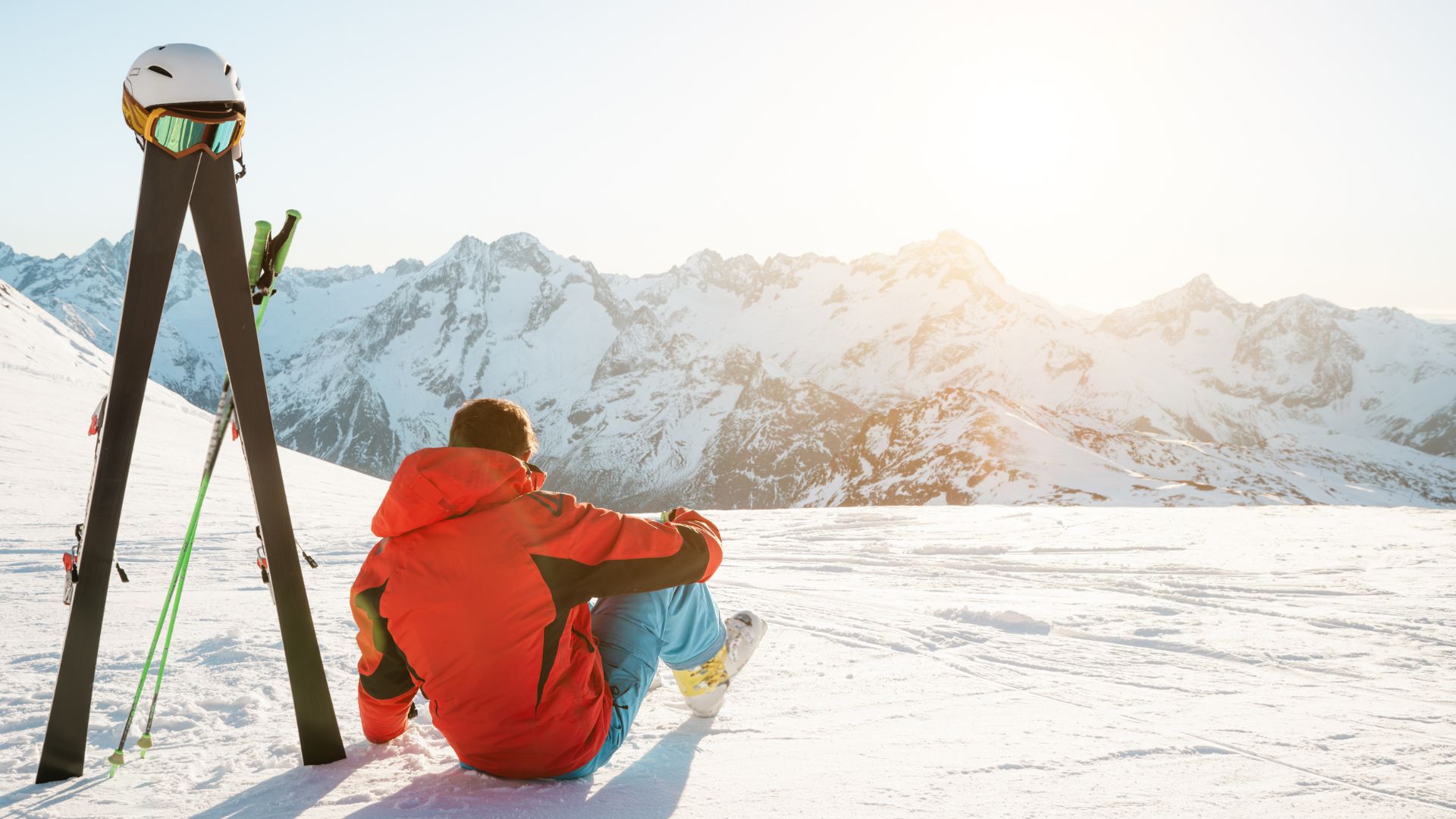
How to Avoid Altitude Sickness While Skiing
Skiing is an exhilarating winter sport, but for many, skiing at high altitude can bring...
read More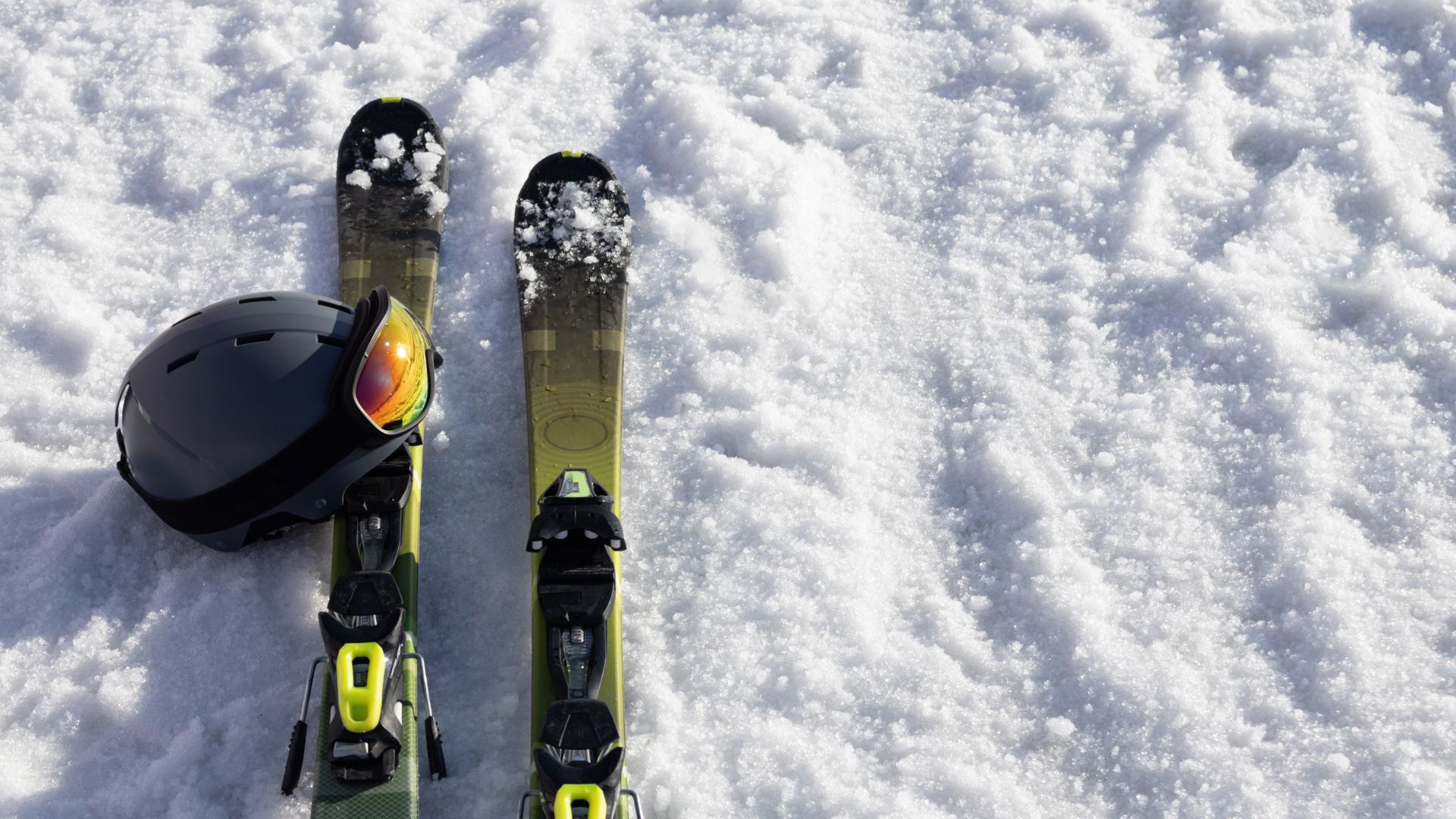
What Are the Best Skis for Beginners? A Complete Guide
If you are new to skiing, you may wonder what are the best skis for...
read More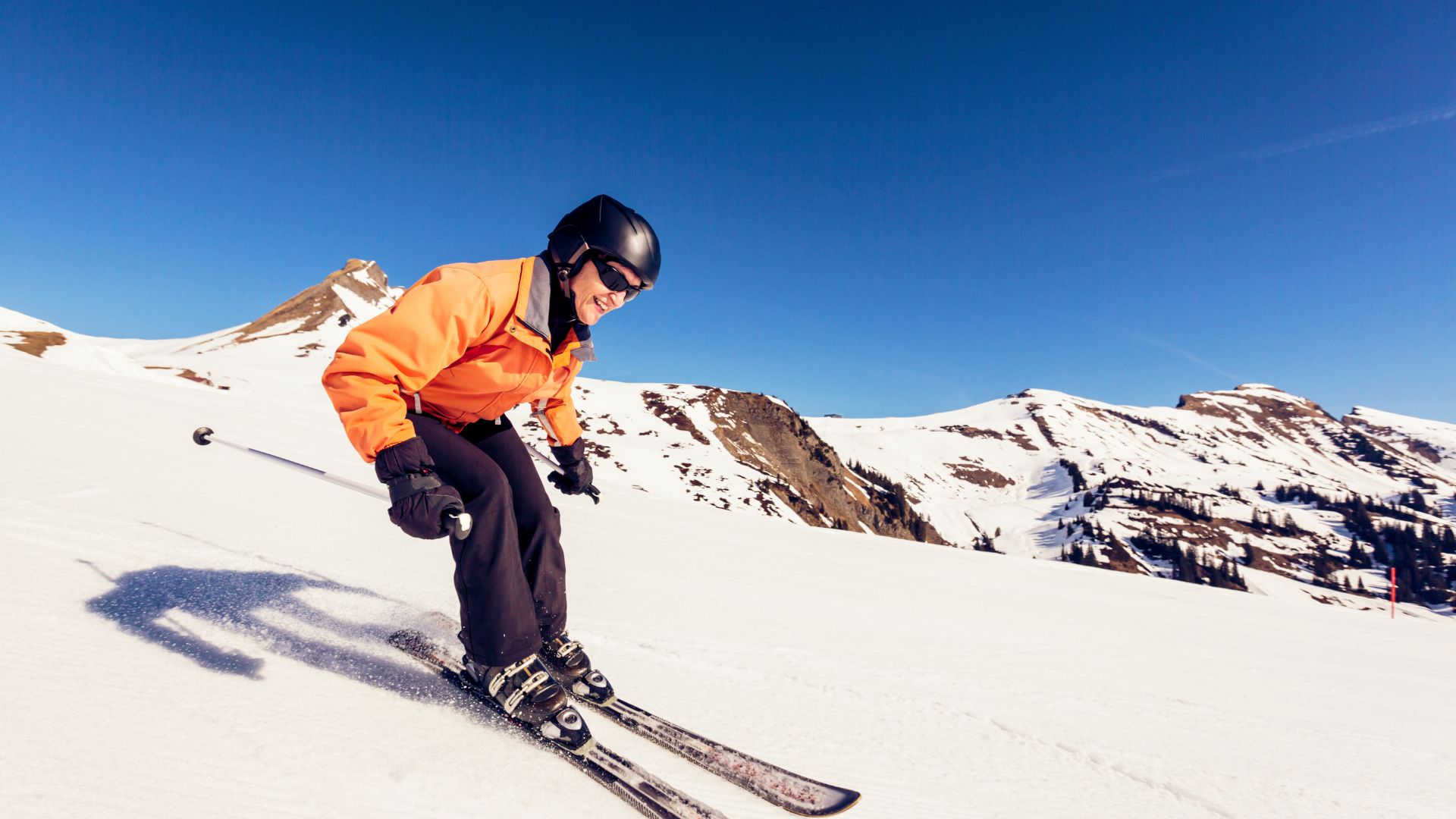
How Has Ski Technology Changed: The Evolution of Modern Skiing
Skiing has evolved immensely since its early days of wooden planks and leather straps. The...
read More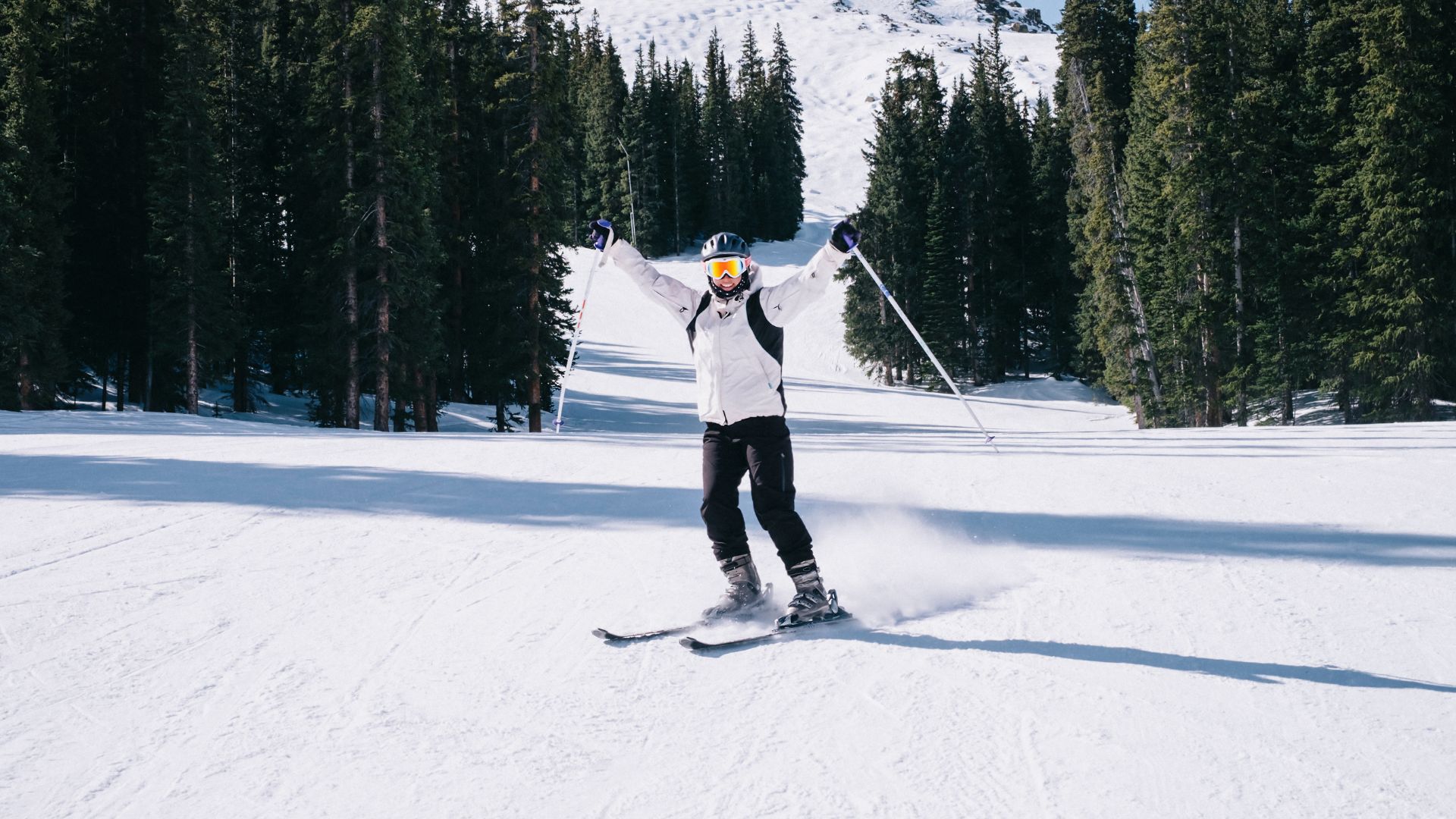
How to Improve Skiing Balance: Expert Tips for Better Control and Confidence
If you’ve ever wondered how to improve skiing balance, you’re already taking a crucial step...
read More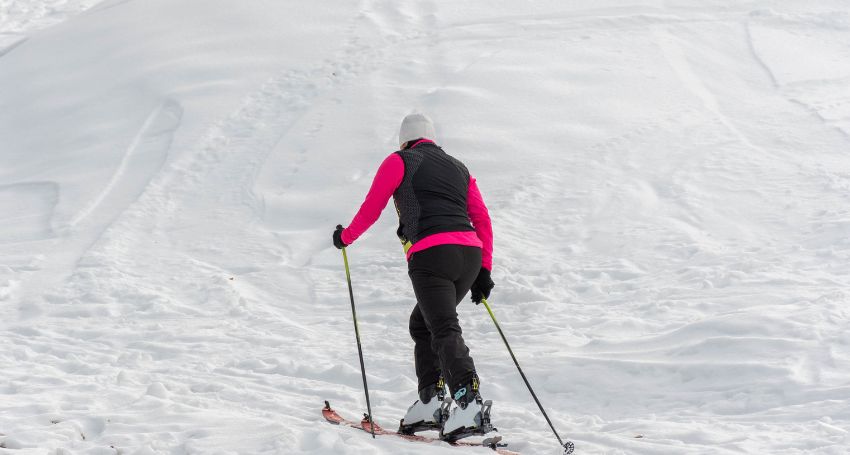
How to Parallel Ski for Beginners: A Complete Step-by-Step Guide
For many novice skiers, mastering how to parallel ski for beginners marks a major milestone...
read More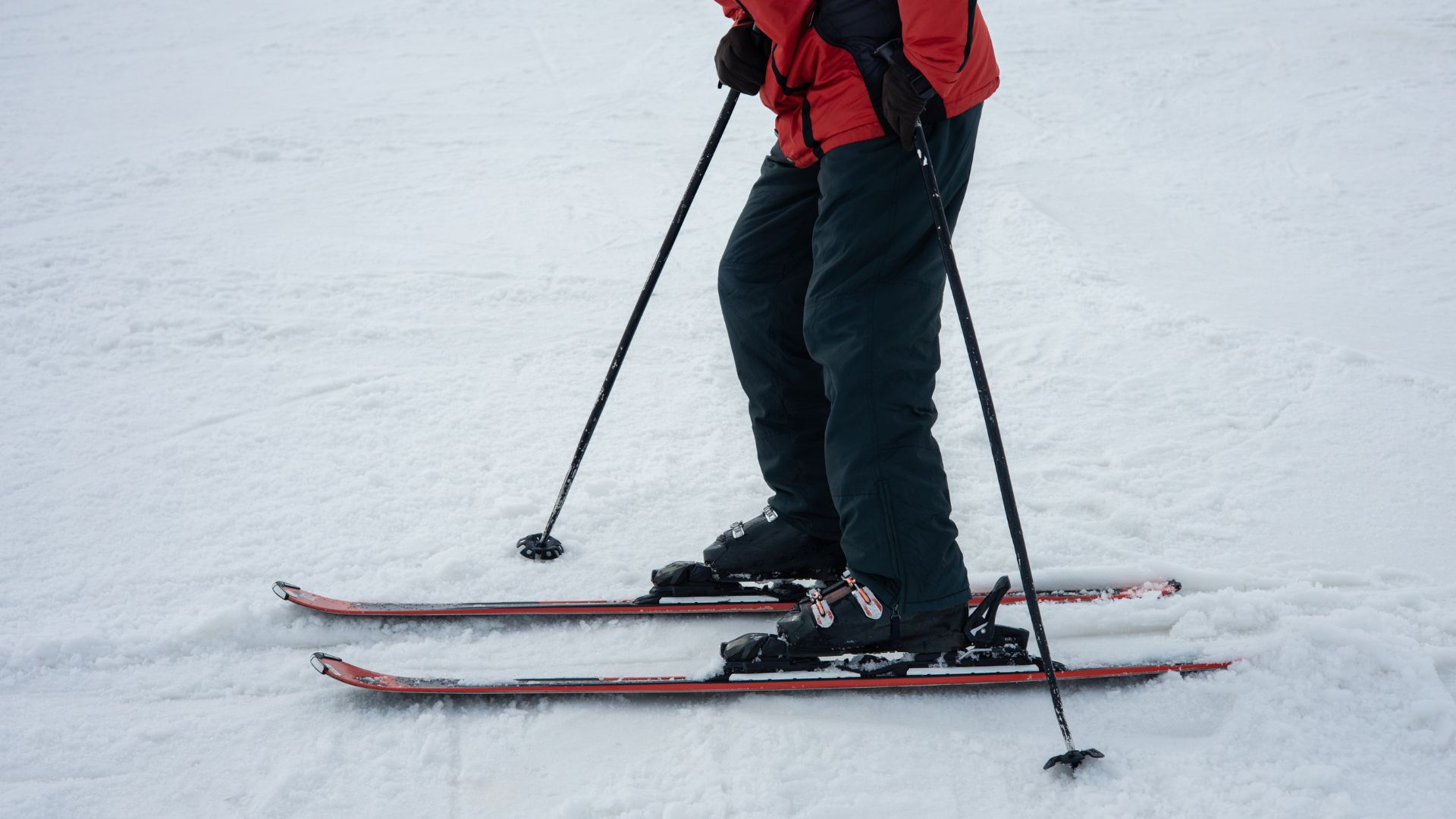
How to Parallel Ski: Master the Essential Technique
If you’ve ever admired experienced skiers gliding effortlessly down a slope, both skis perfectly aligned,...
read More